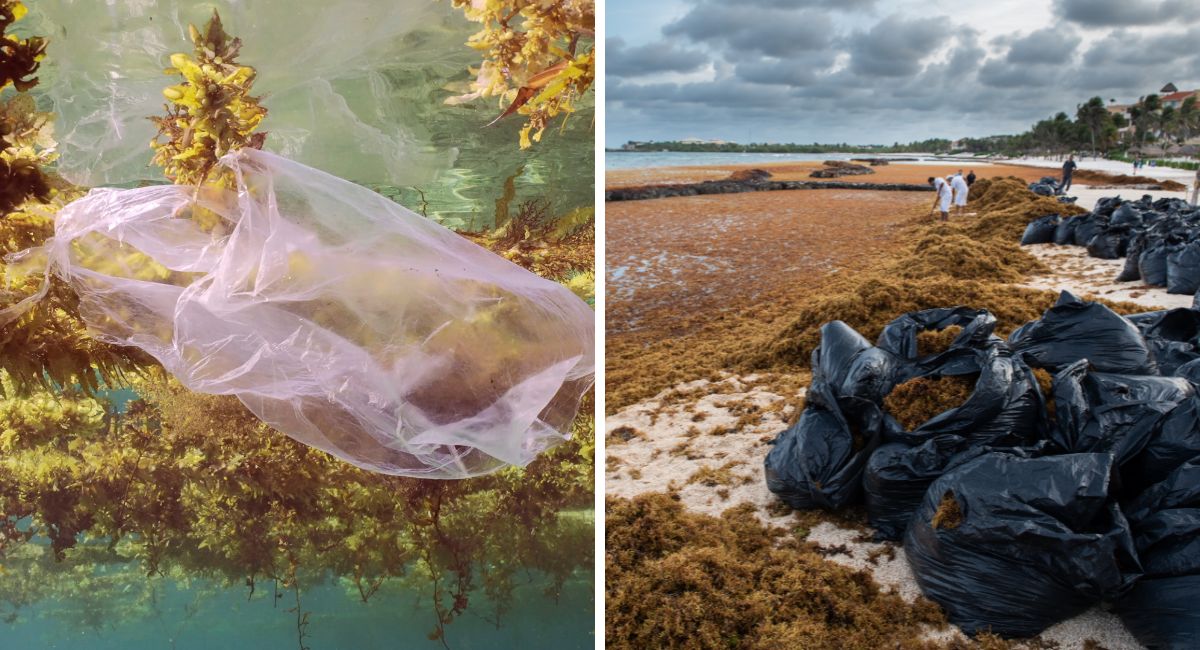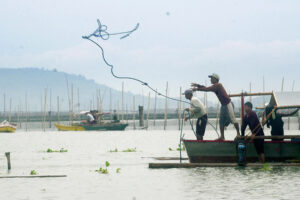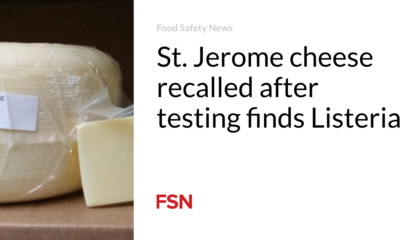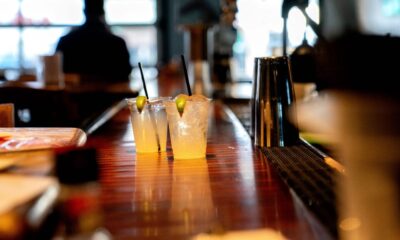Travel
Greenpeace finds shocking amounts of plastic in the Sargasso Sea

Travelers have probably heard a lot about the sargassum problem in recent months and even years. What they don’t really know is about the Sargasso Sea, where it comes from, and why it matters.
The Sargasso Sea, also known as the Great Atlantic Sargassum Belt, is a vast area approximately 1,100 kilometers (600 nautical miles) wide and 3,200 km (1,750 nmi) long in the Atlantic Ocean.
It is considered the largest seaweed mass in the world and shares borders with no countries.
Despite the calm blue waters, there are reports of ships getting stuck in this vegetable blob during high winds.
Under ‘normal’ environmental conditions, the Sargasso Sea is an important marine ecosystem, critical for the migration of several European and American species, such as the European eel, the American eel and the American conger eel.
Other species, such as certain fish species, sea turtles and crustaceans, use this ‘golden island’ to reproduce or protect themselves from natural predators.
In an effort to facilitate the creation of a “global network of marine sanctuaries among the Global Ocean Treaty,” Greenpeace found a “shocking” amount of plastic waste in some sargassum beds during its navigation of the area.

They sit in one of the floating mats “I collected more than 300 pieces of plastic in just 30 minutes, including bottle caps, disposable lighters, cuffs, shoes, children’s toys and dozens of smaller pieces that are currently breaking down into microplastics,” reads a statement from Greenpeace.
“We saw large pieces of plastic waste entangled in it. On closer inspection, each clump of seaweed contained an arsenal of plastic pollution, from bottle caps to disposable cutlery.” said Briony Venn, oceans campaigner for Greenpeace UK.

The main aim of this environmental organization is to pressure the British government to ratify the Global Ocean Treaty and join forces with other international governments to choose the Sargasso Sea as the first marine reserve in international waters.
This effort must go hand in hand with reducing single-use plastics Global Plastic Treatythe organization said.
According to scientists, plastic is now present in all oceans on the planet. This material has been found in the bodies of “44% of all seabird species, 22% of cetacean species and all sea turtle species,” says Greenpeace.













